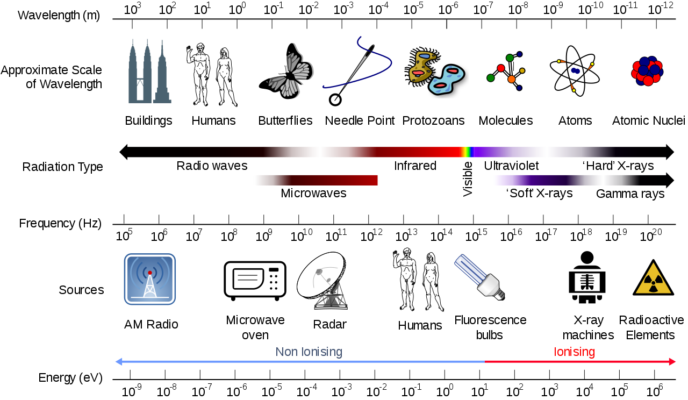- Home
- Prelims
- Mains
- Current Affairs
- Study Materials
- Test Series
SARAS 3 Radio Telescope And Radio Waves
Recently, the Indian researchers at RRI (Raman Research Institute) in a study using the SARAS 3 Radio Telescope, have conclusively denied a recent claim of the discovery of a radio wave signal from cosmic dawn.
Discovery of Radio Wave Signal from Cosmic Dawn
- Background of the Discovery: In 2018 a team of researchers from Arizona State University (ASU) and MIT in the US detected a signal from stars emerging in the early universe using data from the EDGES radio telescope.
- The study published in the journal Nature created much excitement in the astronomy community around the world.
- About Discovery: ASU/MIT team had claimed the discovery of a radio wave signaling the birth of the First Stars, which was also hailed by Harvard astrophysicist Avi Loeb as worthy of two Nobel prizes.
- However, the world awaited confirmation from independent researchers.
- Refuting the Discovering: Utilising the indigenously invented and built SARAS 3 radio telescope, researchers from Raman Research Institute, an autonomous institute of the Department of Science & Technology, Govt. of India refuted this claim.
Why is it difficult to detect radio wave signals from an early period of the Universe?
Detecting a Radio wave signal from Cosmic Dawn, the time in the infancy of our Universe when the first stars and galaxies came into existence, is extremely difficult.
This is because the celestial signal is exceptionally faint – buried in sky radio waves that come to us from the gas in our own Galaxy, the Milky Way, which are a million times brighter.
Besides, this cosmic signal is in a radio wavelength band used by numerous terrestrial communications equipment and TV and FM radio stations, which makes detecting the extra-terrestrial signal extremely difficult.
SARAS 3 Radio Telescope
- The SARAS 3 radio telescope invented and built by the astronomers at RRI and it is a first telescope worldwide to reach the required sensitivity.
- The SARAS radio telescope was deployed by the RRI team led by Prof. Subrahmanyan in isolated sites in India to gather celestial radio waves with minimum terrestrial man-made radio interference.
- SARAS-3 is the first telescope worldwide to reach the required sensitivity and cross-verify the claim of the signal detection.
- The telescope was first deployed in rural Timbaktu Collective in Anantapur district. The subsequent deployment took place in the wilderness of trans-Himalayan Ladakh, supported by the Indian Astronomical Observatory, operated by the Indian Institute of Astrophysics.
- These expeditions yielded sensitive data that significantly improved our knowledge of Cosmic Dawn by conclusively ruling out families of theoretical models thitherto believed possible.
- SARAS is a correlation spectrometer designed for precision measurements of the cosmic radio background and faint features in the sky spectrum at long wavelengths and operates in the octave band 87.5–175 MHz.
- It was built to deploy in India a precision radio telescope to detect extremely faint radio wave signals from the depths of time, from our “Cosmic Dawn” when the first stars and galaxies formed in the early Universe.
- Recently, RRI astronomers came up with the idea of floating the radio telescope on a raft on water, which had never been conceived of in the world.
- This helped provide a homogenous medium of high dielectric constant below the antenna improving sensitivity and reducing confusing radio waves emitted by the very ground beneath radio telescopes.
Radio Waves and Radio Telescopes

- Radio waves have the longest wavelengths in the electromagnetic spectrum. They range from the length of a football to larger than our planet. Heinrich Hertz proved the existence of radio waves in the late 1880s.
- Radio telescopes collect weak radio light waves, bring it to a focus, amplify it and make it available for analysis.
- They help study naturally occurring radio light from stars, galaxies, black holes, and other astronomical objects.
-
These specially-designed telescopes observe the longest wavelengths of light, ranging from 1 millimetre to over 10 metres long. For comparison, visible light waves are only a few hundred nanometers long, and a nanometer is only 1/10,000th the thickness of a piece of paper! In fact, we don’t usually refer to radio light by its wavelength, but by its frequency.









 Latest News
Latest News
 General Studies
General Studies